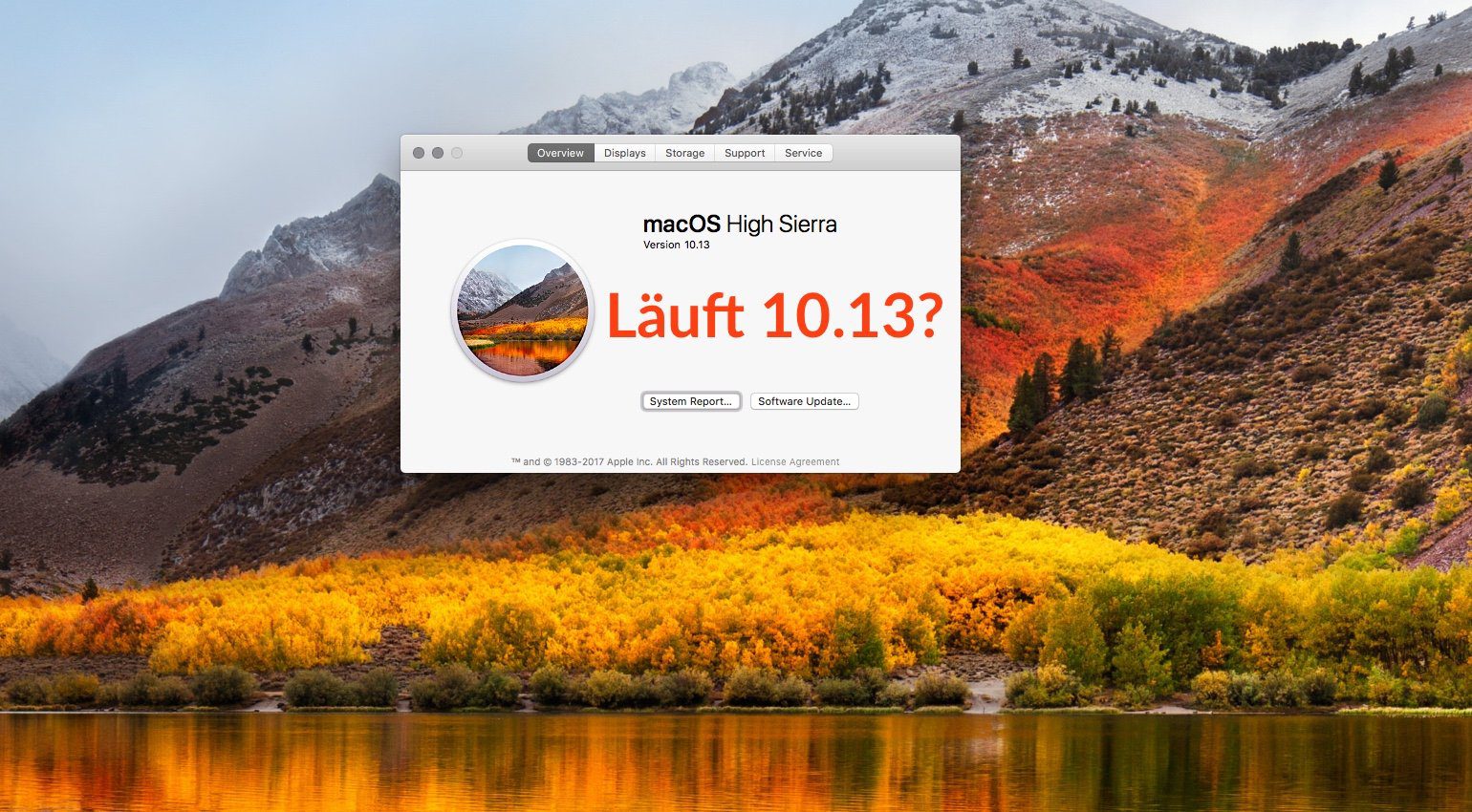Oct 07, 2019 Mac mini introduced in mid 2010 or later iMac introduced in late 2009 or later Mac Pro introduced in mid 2010 or later. To find your Mac model, memory, storage space, and macOS version, choose About This Mac from the Apple menu. If your Mac isn't compatible with macOS High Sierra, the installer will let you know. Mar 28, 2017 mingw-w64 Package Installation on Mac. Minimalist GNU for Windows and GCC cross-compilers! More Information. How To Install Telnet On Mac OSX Mojave High Sierra. Doing it Right¶. Let’s install a real version of Python. Before installing Python, you’ll need to install GCC. GCC can be obtained by downloading Xcode, the smaller Command Line Tools (must have an Apple account) or the even smaller OSX-GCC-Installer package. Oct 18, 2019 The easiest way to install a number of Unix style applications and open source software onto macOS Catalina, Mojave and earlier Sierra OS versions is via a package manager, unfortunately, macOS Catalina doesn’t come with one, but fortunately, some good folks care, they come in the form of Homebrew. The install of Homebrew also works on macOS Catalina, macOS Mojave, (High)Sierra, El. Install GCC on Mac OS high sierra. Ask Question Asked 2 years, 5 months ago. Active 2 years ago. Viewed 17k times 3. I've already visited the following answer but.
| Show:Today's Messages::Show Polls::Message Navigator |
Gcc
| |||||||
| |||||||
| |||||||
| |||||||
| |||||||
| |||||||
| |||||||
| |||||||
| |||||||
| |||||||
Install Gcc For Mac

| Previous Topic: | undefined reference to class::class |
| Next Topic: | CDT Makefile Build kills background processes |
Gcc Compiler For Mac
